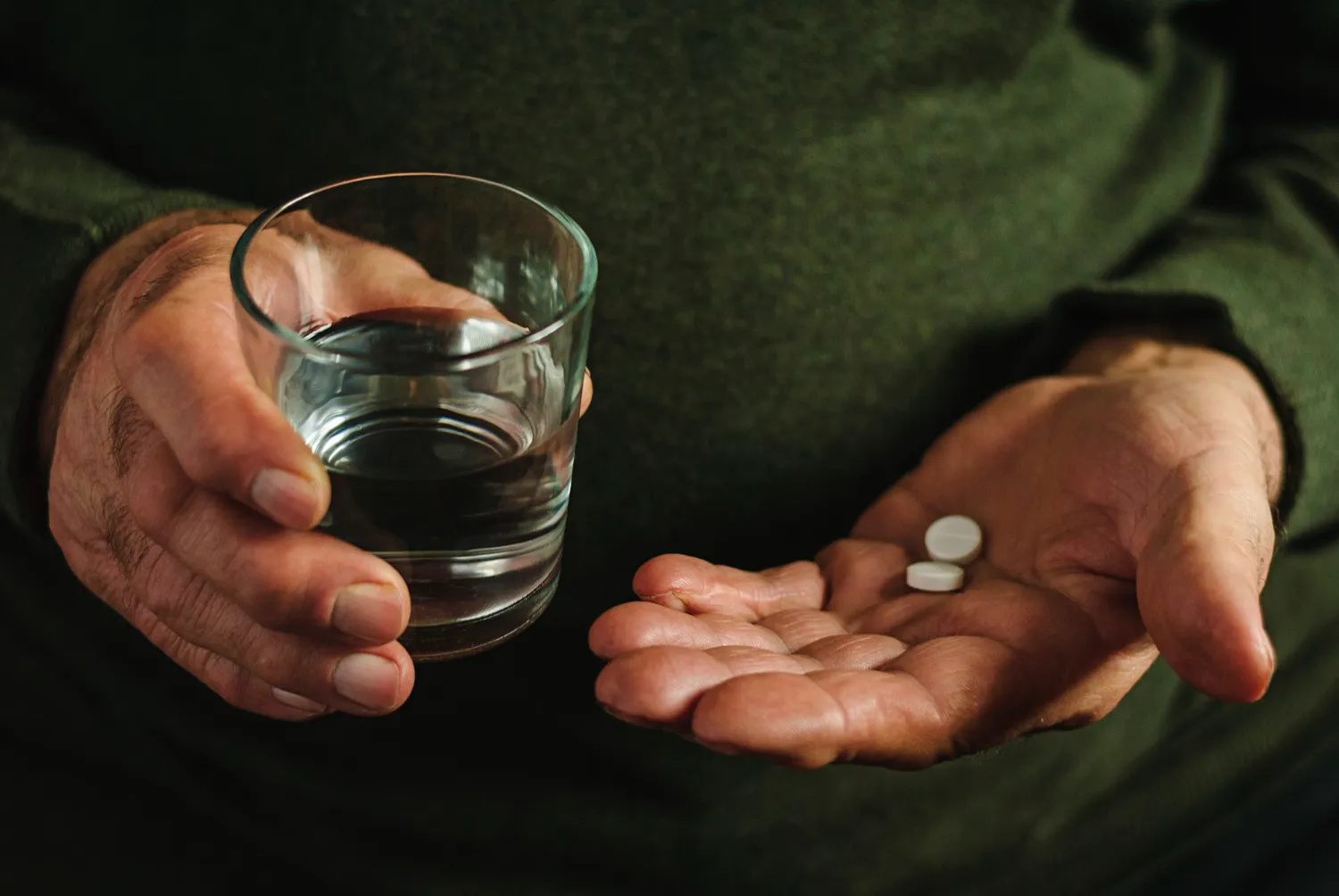Keywords
1. Co-amorphous systems
2. Prilocaine and lidocaine interaction
3. Effect of water on drugs
4. Molecular pharmacology
5. Glass transition temperature
In a significant leap forward for pharmaceutical science, a groundbreaking study on the molecular interactions of hydrated co-amorphous systems involving prilocaine and lidocaine has been published in the International Journal of Pharmaceutics. The research provides novel insights into the influence of water as a plasticizer on the glass transition temperatures (T_g) of these local anesthetics, shedding light on potential improvements in drug manufacturing and storage.
This article delves into the meticulous research carried out by the talented team at the Department of Pharmacy, University of Copenhagen, consisting of Xu Xiaoyue, Rades Thomas (who can be contacted at thomas.rades@sund.ku.dk for more information), and Grohganz Holger. Their findings indicate that water, commonly regarded as an inert filler in pharmaceuticals, can play a transformative role in drug behavior by altering T_g values of co-amorphous forms. The full reference for their original work is:
Xu X, Rades T, Grohganz H. Molecular interactions of hydrated co-amorphous systems of prilocaine and lidocaine. Int J Pharm. 2024 Jan 12;651:123807. doi:10.1016/j.ijpharm.2024.123807.
The significance of the study’s outcome cannot be overstated, as it poses the possibility of redefining drug formulation strategies. Both prilocaine and lidocaine are widely used local anesthetics; however, their effectiveness and lifespans are directly tied to their molecular properties, including T_g. By exploring these properties in a co-amorphous state—a single-phase blend comprised of two or more compounds, the researchers have unlocked a treasure trove of information that could lead to superior pharmaceutical formulations.
The study’s focus pivots on understanding how water affects these molecular interactions, with water’s anti-plasticizing effects drawing particular attention. Anti-plasticization refers to the phenomenon where small amounts of additives, such as water, can increase T_g by contributing to stronger intermolecular interactions, thus making the compound more rigid.
In the controlled setting of their laboratory at Universitetsparken 2, the researchers meticulously analyzed the glass transition temperatures and observed the behavior of prilocaine and lidocaine in the presence of varying moisture levels. Their commitment to unearthing detailed molecular interactions is evident in the comprehensive approach they adopted, which marks a considerable advance in the understanding of co-amorphous drug systems.
The study notably highlights the intricate balance that must be maintained when incorporating water into drug formulas. While commonly perceived as a benign, hydrating agent, this research illustrates that water can induce profound changes within co-amorphous substances, affecting the drugs’ stability and performance.
The full implications of these findings could be transformative for the pharmaceutical industry. With a better understanding of how molecular interactions are modulated by hydration, scientists can engineer drugs that not only have longer shelf lives but also boast enhanced efficacy. This leap could potentially decrease costs associated with drug storage and distribution, given the newfound knowledge regarding the stability of these anesthetics under varying conditions.
As the international scientific community takes stock of these innovative findings, the potential for applying similar methodologies to a wide array of pharmaceutical compounds ignites excitement. This could pave the way for a new era in drug design, where the nuanced understanding of molecular interactions in hydrated co-amorphous systems fosters the development of more robust and effective medical treatments.
The researchers’ dedication to transparency and scientific integrity is evident in their declaration of no known competing financial interests or personal relationships that could have influenced the work reported. Such ethical rigor ensures that the results are viewed with the utmost confidence and credibility, which is essential for progress in the competitive field of pharmacological research.
The International Journal of Pharmaceutics publication stands as a testament to the dedicated inquiry and the relentless pursuit of knowledge that defines the scientific endeavor. The study’s DOI—10.1016/j.ijpharm.2024.123807—is a digital signpost that guides peers and professionals alike to the detailed report, from which further research can continue to flourish.
To understand how monumental these findings are, it is critical to appreciate the implications of T_g in pharmacology. The glass transition temperature is the thermodynamic point at which a compound transitions from a hard, glassy state to a soft, rubbery state. This transition directly impacts the compound’s solubility and dissolution rate, which are crucial factors in drug delivery and bioavailability.
The research presented in the International Journal of Pharmaceutics opens new avenues for the application of hydrated co-amorphous systems in drug delivery, where precision and efficiency are paramount. As such, it stands as a beacon of innovation, guiding pharmaceutical science toward a future where every molecular interaction is harnessed to optimize medical treatments for the benefit of patient care.
In light of the importance of these findings, the study by Xu Xiaoyue, Rades Thomas, and Grohganz Holger is expected to reverberate through the halls of academia and industry. Pharmaceutical companies and healthcare providers alike are keen to incorporate this pioneering research into practice, knowing that these insights could very well shape the next generation of pharmaceutical innovation.
References
1. Xu X, Rades T, Grohganz H. Molecular interactions of hydrated co-amorphous systems of prilocaine and lidocaine. Int J Pharm. 2024 Jan 12;651:123807. doi:10.1016/j.ijpharm.2024.123807.
2. Baird JA, Taylor LS. The roles of water and polymer mobility in the physical stability of amorphous pharmaceuticals. Mol Pharm. 2012 Apr 2;9(4):818-31. doi:10.1021/mp200439x.
3. Laitinen R, Löbmann K, Strachan CJ, Grohganz H, Rades T. Emerging concepts in solid dispersions and their technological applications. J Pharm Sci. 2017 Aug;106(8):1915-1926. doi:10.1016/j.xphs.2017.03.009.
4. Leuner C, Dressman J. Improving drug solubility for oral delivery using solid dispersions. Eur J Pharm Biopharm. 2000 May;50(1):47-60. doi:10.1016/s0939-6411(00)00076-x.
5. Hancock BC, Zografi G. Characteristics and significance of the amorphous state in pharmaceutical systems. J Pharm Sci. 1997 Jan;86(1):1-12. doi:10.1021/js9601896.
In conclusion, this seminal work undoubtedly serves as a cornerstone for future studies seeking to perfect the art of pharmaceutical formulations. As the exploration of water’s multifaceted role in drug systems continues, it’s clear that the enigma of molecular pharmacology remains a fertile ground for discovery—promising new advancements that may redefine healthcare and treatment for us all.
